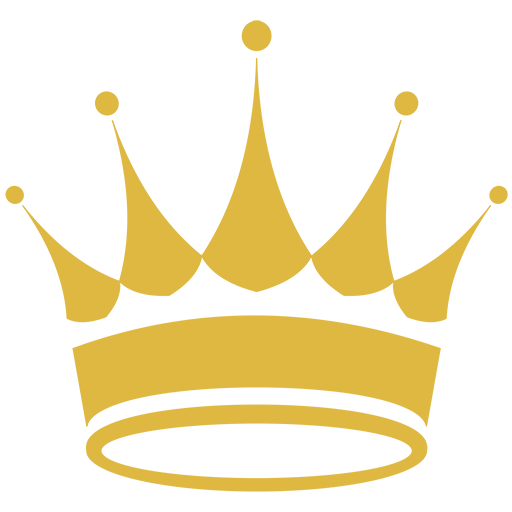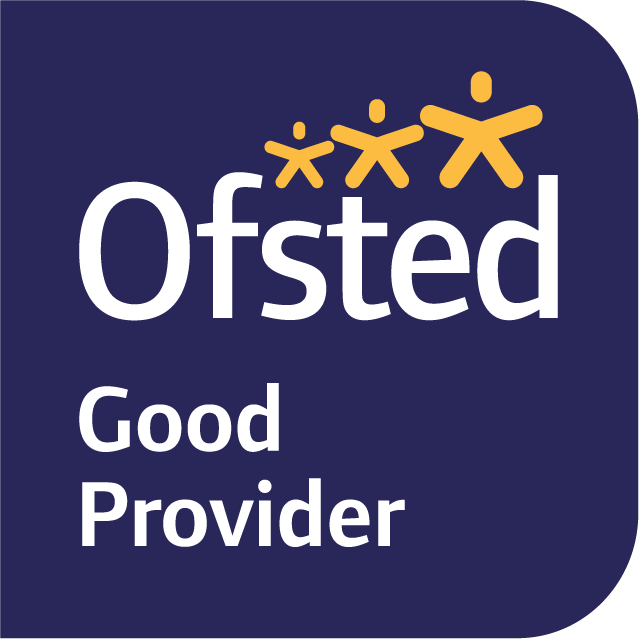
IT & Computing
Curriculum Information about ICT at King James I Academy
Teaching Staff
- J Franklin (Director of Learning)
- K Talbot
- T Murgatroyd
- J. Thornton
Curriculum Intent in IT & Computing
ICT and Computer Science are one of the most important subjects for today’s society; this can be evidenced through work skill requirements and the importance that has been placed on Computer Science. To meet these challenges the department has created a variety of courses with the appropriate content to ensure students develop the necessary skills for their future employment.
Department Information
Powerful knowledge in Computing/IT:
- Requirement to think creatively and innovatively to solve problems.
- Provides students with new ways of thinking about the world using ‘big ideas’ such as Automation, Computerisation and the future of technology.
- Provides students with powerful ways of analysing, explaining and understanding the world through modelling complex situations.
- Gives students power over their own knowledge.
- Gives students both theoretical and practical knowledge in order to develop products or solutions in an efficient way.
- Developing problem solving skills and the ability to think logically.
Key Stage 3
There are three strands to computing that students will cover, which include: Computer Science, Information Technology and Digital Literacy. All topics are covered within each year group, but when revisited in the different years, student knowledge is enhanced by deepening what they have learnt further by taking it to the next step. This scaffolds the learning for students. The learning journeys provide more detail as to how this is covered.
Year 7
In year 7 students cover some of the basics in computing including topics the three strands. This starts to form the basis of the skills within this subject for KS4 and KS5. Some of the topics include: hardware and software, binary, CPU, RAM and ROM, algorithms and problem solving.
Year 8
Students have already covered some very basic computing topics. So, in year 8 these topics are revisited but taken further to allow students understanding to deepen. Topics include looking at storage devices and data file sizes, looking at binary but also other forms of data representation, looking at online threats and designing programs using different techniques.
Year 9
In year 9 students take the skills and knowledge they have learnt in year 7 and year 8 even further. New skills include now looking at how memory works in relation to the CPU or how text and images are represented in binary, or even hexadecimal. Also looking at different online threats and prevention methods, designing algorithms but also building programs using programming techniques to represent their design and then ensuring the program is robust.
|
Year 7 |
Year 8 |
Year 9 |
|
1.1 The inside of a computer |
1.1 The inside of a computer |
1.1 The inside of a computer |
|
1.2 Computer control |
1.2 Computer control |
1.2 Computer control |
|
2.1 Digital safety and mini business project |
2.1 Mini business project |
2.1 Mini business project |
|
3.1 Problem solving |
3.1 Problem solving |
3.1 Problem solving |
|
3.2 Problem solving using programming |
3.2 Problem solving using programming |
3.2 Problem solving using programming |
Learning Journeys
| Year 7 | Y7 Learning Journey.pdf |
| Year 8 | Y8 Learning Journey.pdf |
| Year 9 | Y9 Learning Journey.pdf |
